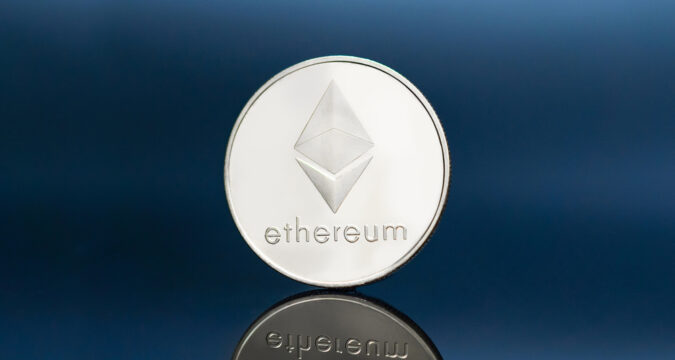
What is Ethereum Cancun Upgrade?
Ethereum blockchain is the second largest network in the DeFi sector that has integrated smart contracts. In this manner, the platform has the ability to create and host decentralized application.
Ethereum blockchain has added a number of upgrades since its inception in 2015. At present, Ethereum developers are working on adding the Cancun upgrade on the platform. This upgrade will increase scalability, security, and efficiency of the network.
How Does Ethereum Cancun Upgrade Work?
Ethereum Cancun upgrade involves the process of introducing a number of EIPs or Ethereum Improvement Protocols on the blockchain. These EIPs include 4844, 1153, 4788, and 6780. This phase of updating includes the Cancun update followed by Deneb update.
It is also called the Cancun-Deneb update and it the second upgrade since Shanghai to address the infrastructure and unresolved issues.
The implementation of all these upgrades is going to bring many advantages for the network such as incremented scalability, better data storage, and mitigated transaction fees.
The main focus of this update is to optimize Layer 1 functionality. This upgrade will introduce the concept of Proto-dank sharding on the platform.
Sharding is a process that involves splitting a blockchain into smaller portions that are known as shards. This is done to increase network efficiency. Cancun update paves the way for Surge phase in Ethereum roadmap to increase the transaction speed of the blockchain to 100,000 TPS.
Danksharding and Proto-dank sharding are types of sharding process. The process is named after Ethereum core-developer Dankard Feist.
Sharding uses different proposers for each shard. However, danksharding employs only one block proposer. It reduces the complexity of sharing architecture and focuses on data management and accelerates transaction speed and increments data storage.
Proto-danksharding is a prototype of danksharding as mentioned in EIP-4844. It is a temporary or pilot solution to reduce transaction fees of rollups before final danksharding framework is added to the blockchain.
What are Blob-carrying Transactions?
Blob-carrying transactions are enhanced transactions on the Ethereum blockchain that are able to retrieve off-chain data and provide a temporary storage solution in a cost-effective manner. These types of transactions were first introduced with proto-danksharding or EIP-4844 to reduce transaction fees.
Advantages of Ethereum Cancun Upgrade
Here are some important advantages associated with Cancun upgrade:
Scalability
Proto-danksharding includes a temporary data storage feature. In this manner, the rollups on Layer 2 can process more transactions per second.
Transaction Costs
This upgrade has introduced blob-carrying transactions on the network. In this manner, it adds extra data on Ethereum transactions in a cost-effective manner.
Better Data Management
EIP-1153 portion of the update optimizes block space and reduce fees for on-chain storage.
Cross-chain Communication
EIP-4788 portion brings more interoperability among various blockchains and opens Beacon chain for execution layers.
Improved Security
EIP-6780 mitigates the risks associated with smart contract termination by disarming the SELFDESTRUCT code and increments security for user data and funds.
Risks Associated with the Cancun Upgrade
Cancun upgrade consists of some potential risks and limitations. There could be technical errors on account of updating the existing smart contracts and introducing new data storage methods. Therefore, the developers are conducting extensive testing and take all possible changes during the implementation phase to ensure streamlined transition.
Launch of Cancun Upgrade
The Cancun upgrade is expected to go live in the first half of the 2024. The network is currently conducting various tests and research. The upgrade can also impact ETH prices as the investors are looking forward to look at the impact of transaction management and data storage facilities on the blockchain.
Conclusion
Ethereum blockchain has transitioned from PoW to PoS consensus model in order to reduce the energy consumption requirements of the blockchain network. In this manner, the blockchain has shifted from miners to validators who are able to generate new blocks by staking a given amount of ETH reserves. Cancun upgrade lays the foundation for new upgrades on the network.










